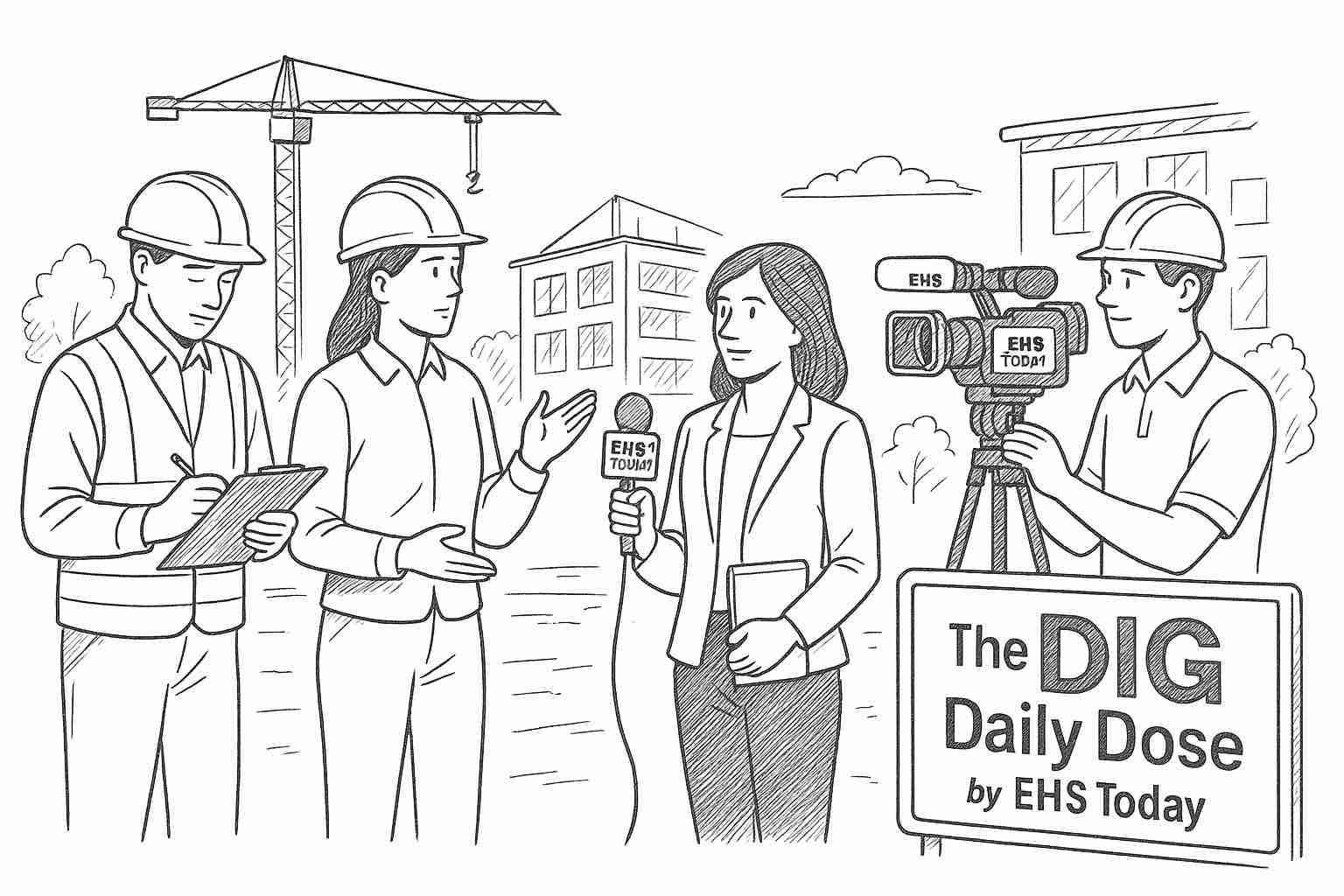“Clear is kind. Unclear is unkind.”
Brené Brown
THE ART OF LEADERSHIP
Lead with clarity, kindle trust, speed, and excellence!
Clarity is leadership’s quiet superpower. When expectations are plain, anxiety fades and energy shifts from decoding intentions to delivering results. Speaking simply about priorities and tradeoffs shows respect for people’s time, talent, and dignity. Clear words, consistently applied, become a road map others can trust.
Operationalize clarity. Start by naming the purpose, the few outcomes that matter, and a crisp definition of done. Assign single owners with realistic dates. Share constraints for time, budget, and quality. Replace long updates with brief demos and customer signals. Review leading indicators weekly so you can adjust early rather than explain late.
Model it daily. Keep promises to the minute, write decisions where everyone can see them, and remove one obstacle within a day. Give credit publicly, offer feedback privately, and invite dissent without defensiveness. As clarity spreads, initiative rises, waste falls, and speed becomes your team’s habit.
For ninety days, practice radical clarity: define outcomes, assign owners, share decisions, remove blockers daily, and review measurable progress.
COMMERCIAL CONSTRUCTION
How does EHS Today empower safety leaders to protect people and progress?
Every safer day begins with a leader who refuses to settle. EHS Today exists to inform and inspire that leader. It spotlights breakthroughs, surfaces hard lessons, and translates regulations into explicit action so people go home whole. By connecting purpose with practical guidance, it helps organizations move from compliance as a checkbox to safety as a living culture that strengthens performance.
On its pages, experts and practitioners share step-by-step strategies, case studies, and emerging trends across risk, health, and environment. You discover tools that fit real workflows, from training and engagement to metrics and investigation. The voice is a partner’s, reminding teams to communicate, plan, and measure what matters so attention becomes habit and habit becomes excellence.
The result is confidence with compassion. When leaders learn together and celebrate progress, momentum grows and incidents shrink. EHS Today champions that mindset, elevating frontline voices and leadership accountability. With clarity, courage, and community, your program can protect people, strengthen operations, and prove that doing the right thing is also the most innovative way to compete.
Equip safety leaders with insight, elevate culture, apply proven practices, and transform workplaces into communities where people thrive and return safely.
INFRASTRUCTURE INDUSTRY
This week in Los Angeles, crews began the phased closure of Terminal 5 at the airport to make way for a modern replacement. Airlines are relocating counters and gates to nearby terminals as contractors mobilize for demolition, utility reroutes, and early foundation work. Expect evolving wayfinding and changes at the curbs while systems are powered down.
Replacing an active terminal demands tight sequencing. Teams move baggage systems and security equipment, maintain aircraft taxiway access, and establish temporary passenger flows. Once the building is vacated, crews will abate materials, dismantle the structure, drive piles, and erect new steel and concrete cores designed for seismic resilience and energy-efficient operations.
To minimize disruption, night work and traffic control will manage lane shifts, shuttle buses will bridge terminal moves, and coordinated airline messaging will guide travelers. The payoff will be more efficient gates, wider holdrooms, better restroom capacity, and improved curb throughput, delivering a smoother experience for passengers and workers.
Check terminal assignments, follow signs, allow extra time, respect work zones, and use shuttles while crews safely modernize facilities.
RESIDENTIAL RESEARCH
Seize the opportunity as new flood maps reshape projects?
FEMA issued updated Flood Insurance Rate Maps in several counties this week, and the changes can alter site plans, slab heights, and closing timelines. When risk zones shift, lenders may require flood insurance, and local reviewers may revise elevation and anchoring details. Builders should understand which lots move into, out of, or deeper within Special Flood Hazard Areas.
Map updates roll out in stages. Preliminary maps trigger a review period and appeals. After adoption, effective maps govern permits and insurance. The Letter of Map Amendment and Revision processes allow lot-specific corrections when surveyed elevations exceed base flood levels. Even outside high-risk zones, updated cross sections can nudge drainage, grading, and utility designs that affect budgets.
Make it tactical this week. Pull your communities’ panels, overlay them on plats, and mark any elevation or enclosure impacts. Reprice foundation options, confirm flood vent specs, and discuss acceptable private policies with lenders. If a remap is pending, consider expediting permits to vest or redesign early to avoid change orders.
Map shifts change permits, insurance, and elevations. Overlay new panels, verify lots, reprice foundations, coordinate lenders, and vest or redesign early.
TOOLBOX TALK
Hand Tool Inspection and Use
Good morning, Team!
Today, we are covering safe selection, inspection, and use of hand tools for daily construction tasks.
Why It Matters
Broken or poorly used tools can cause serious injuries such as cuts, punctures, eye damage, and strains. Proper inspection and maintenance prevent accidents and keep work efficient.
Strategies for Safe Tool Use
Inspection before use: Check handles for cracks or splinters, blades for sharpness, and heads for a tight fit. Look for mushroomed striking surfaces, loose parts, or bent shafts. Remove damaged tools from service immediately.
Correct selection: Use each tool for its intended purpose. Never substitute a wrench for a hammer or pliers for a wrench. Choose the right size for the job to prevent slipping or excessive force.
Safe handling: Keep hands and body clear of pinch points. Maintain a firm grip and stable stance. Pass tools handle first and never toss them. Store sharp tools in sheaths or holders when not in use.
Cutting tools: Keep blades sharp and use cutting mats or blocks. Cut away from your body and ensure material is secured. Replace dull blades rather than forcing a cut.
Storage and housekeeping: Return tools to toolboxes or racks after use. Keep work areas free of clutter to prevent trips and dropped tools. Do not leave tools on ladders, scaffolds, or overhead surfaces.
Discussion Questions
Which hand tools are being used today, and who will inspect them before work starts?
Where are the designated storage areas, and how will damaged tools be tagged out?
Conclusion
Regular inspection, correct selection, and good housekeeping prevent hand tool injuries.
Inspect it, use it, store smart!





